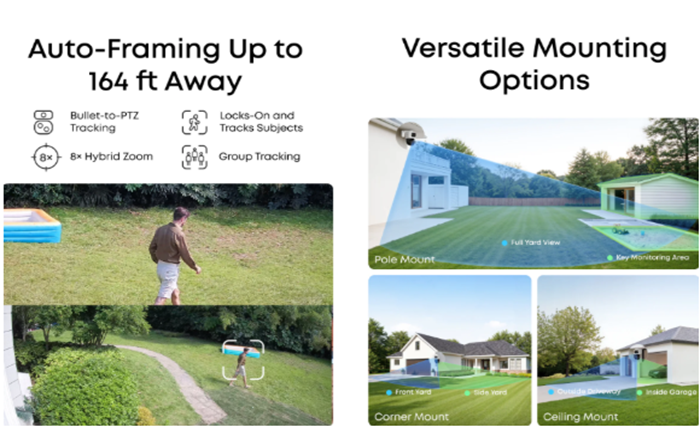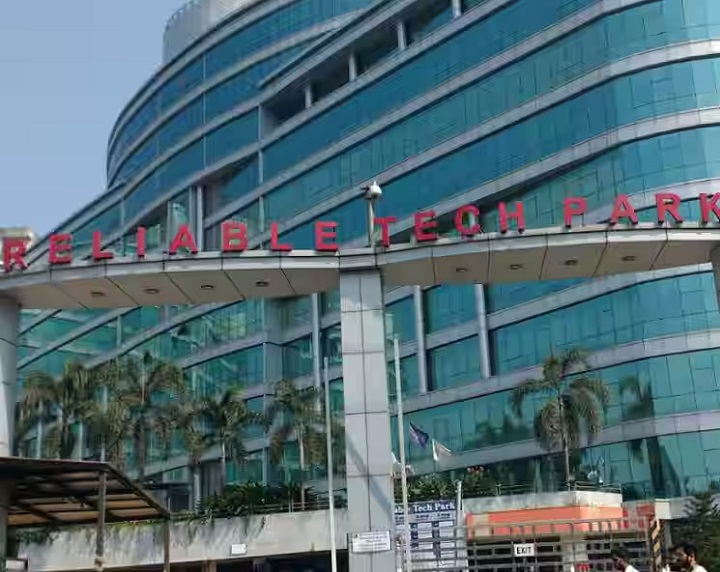Cellular security cameras offer a reliable solution for securing properties without needing a WiFi connection. A cellular security camera no wifi setup is ideal for locations where internet access is unavailable or for individuals seeking an easier installation without complicated wiring. These cameras function using cellular data networks, similar to how your phone connects to the internet. This connection enables the cameras to transmit footage directly to your device, wherever you are. Imagine monitoring your remote cabin, construction site, or rural home with ease and efficiency using a cellular security camera no WiFi system. Cellular cameras have redefined modern surveillance by extending protection to any location covered by a cell signal. This technological advancement ensures comprehensive security coverage in challenging environments, delivering consistent performance and giving users lasting peace of mind.
How Cellular Security Cameras Work
Cellular Network Connection
Cellular security cameras rely on a SIM card, much like your mobile phone. The SIM card connects to existing cellular networks, enabling the camera to send video streams to your smartphone or computer. This network connection is pivotal in providing real-time updates and alerts anywhere with cellular coverage, making it highly convenient for remote monitoring. Because they operate independently of WiFi, these cameras are particularly useful for travelers, remote property owners, or anyone seeking continuous monitoring without relying on unstable or unavailable internet infrastructure in remote regions.
Power and Storage Options
Powering these cameras typically involves rechargeable batteries or solar panels, providing flexibility in placement. Many models offer onboard storage through SD cards, while others upload footage directly to the cloud. Both options ensure continuous recording and easy access to video archives. Advanced models also include hybrid systems that automatically switch between battery and solar input, minimizing downtime while maintaining full functionality and ensuring seamless data recording, even during power fluctuations or long periods of low sunlight exposure.
Key Advantages of No-WiFi Cameras
Works Anywhere with Cell Signal
Anywhere a cell signal exists, these cameras function flawlessly. They are perfect for rural areas, vacation homes, construction sites, or farms where WiFi might not reach. This capability ensures uninterrupted surveillance, regardless of the location’s internet connectivity status. Such flexibility empowers users to monitor assets across distant or moving locations, such as parked RVs, boats, or off-grid cabins, offering an added sense of security through mobile alerts and real-time viewing access via cellular data.
No Internet or Wires Needed
Skip the hassle of drilling holes or setting up internet connections. Cellular cameras eliminate the need for WiFi or extensive wiring. This feature simplifies installation and reduces the risk of connectivity interruptions, delivering reliable surveillance in every environment. These cameras are ideal for quick setups and temporary monitoring projects, allowing users to relocate devices easily, reduce clutter, and maintain stable operation even in harsh environments or during extreme weather conditions.
Buying Guide
Network Compatibility
Verify that your selected camera is compatible with local cellular networks. Different cameras support various carriers, so checking network compatibility ensures efficient functioning. Opting for a universally compatible camera offers flexibility when choosing a cellular plan. It’s also wise to confirm data usage rates, signal strength in your area, and whether the camera supports 3G, 4G, or 5G networks, guaranteeing optimal performance and long-term service reliability across different regions.

Battery or Solar Options
Determine whether battery-operated or solar-powered cameras meet your needs. Battery cameras require periodic recharging, while solar options provide continual power without maintenance. Select the option that aligns with your energy considerations and installation convenience. For high-traffic monitoring areas or extended outdoor use, solar cameras are more sustainable, while rechargeable battery units are better suited for seasonal use or shaded environments with limited sunlight exposure.
Setup and Installation
SIM Card and App Setup
Begin by inserting a SIM card from a compatible carrier into the camera. Download the manufacturer’s app onto your smartphone, which guides you through the activation and setup process. The app allows you to customize settings and manage footage remotely. Most applications also offer live streaming, motion alert customization, firmware updates, and access sharing with multiple users, allowing families or teams to collaborate in maintaining real-time surveillance coverage effortlessly.
Placement and Power Tips
Position your camera to maximize cellular signal and area coverage. Ensure a clear line of sight without obstructions like walls or thick foliage. For solar-powered cameras, direct sunlight is crucial. Follow manufacturer guidelines for optimal battery placement to extend power life. Mount cameras on stable surfaces, such as poles or walls facing south, to enhance solar efficiency and maintain durability against environmental challenges like wind, rain, or temperature fluctuations throughout the year.
Conclusion
Cellular security cameras represent a significant advancement in surveillance technology, offering flexibility and reliability where traditional WiFi-based systems fall short. Whether securing a remote area or avoiding installation complexity, these cameras provide a straightforward and efficient solution. From the installation process to continuous power options and network flexibility, they cater to diverse security needs. By understanding the operation, benefits, and how to select the right model, users can make informed decisions to enhance their property’s security, gaining peace of mind and safeguarding their assets effectively.







